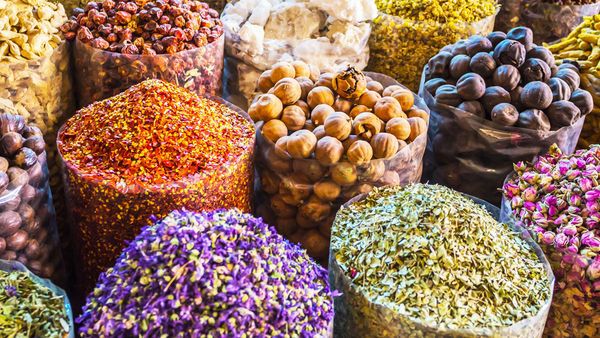What exactly is in almond oil?
The oil is characterized as a multi-substance mixture by its valuable ingredients with a multifunctional effect, which Kneipp skin research greatly appreciates for cosmetics. Almond oil has a high content of (single and double) unsaturated fatty acids. These skin-related oils are very mild and anti-irritant, and for this very reason are very well tolerated by dry and sensitive skin. Specifically, almond oil consists of about one-third linoleic acid (omega-6 fatty acid) and two-thirds oleic acid (omega-9 fatty acid).¹





